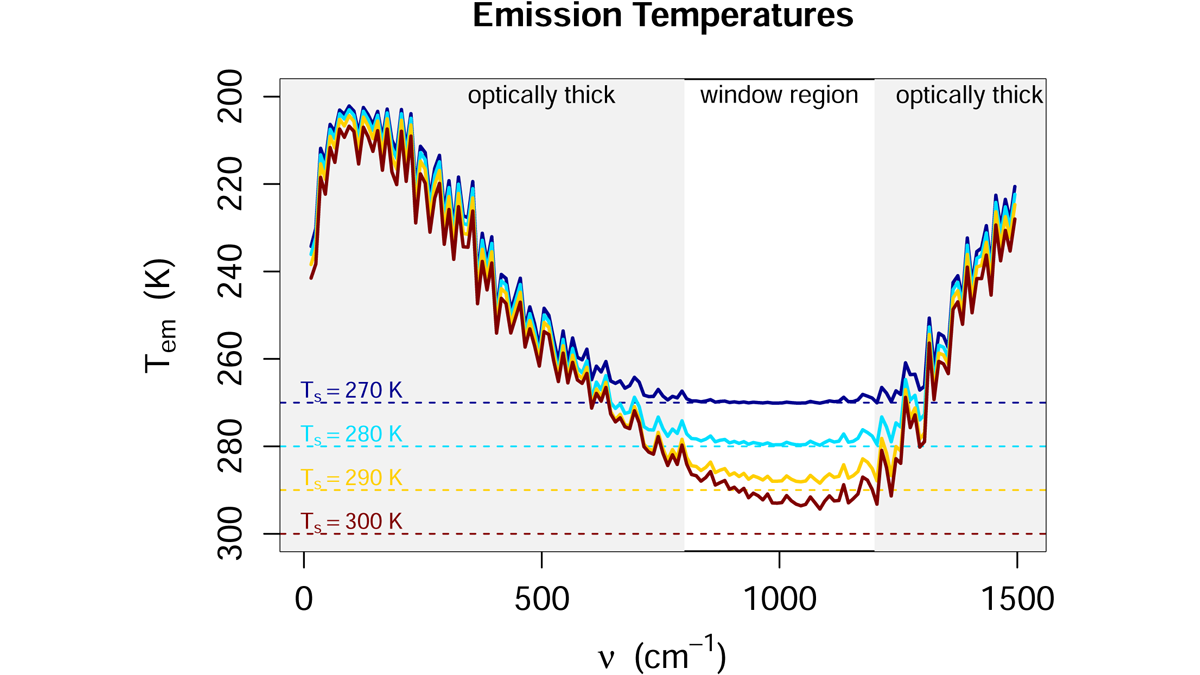Editors’ Highlights are summaries of recent papers by AGU’s journal editors.
Source: Geophysical Research Letters
Analysis of climate feedbacks due to anthropogenic climate change requires a choice to either fix absolute or relative humidity. Jeevanjee et al. [2021] show that the partial compensation between the temperature and water vapor feedbacks is a consequence of the “Simpson’s Law”. Simpson’s Law is formulated and validated by the authors, demonstrating that the water vapor emission temperature does not change with surface warming if relative humidity is fixed. Current relative humidity frameworks used in the literature (Held and Shell [2012] and Ingram [2012]) for the analysis of climate feedbacks naturally incorporate this cancelation of feedbacks. The choice to use a fixed relative humidity therefore leads to a simpler picture of climate feedbacks, than fixing absolute humidity.
Citation: Jeevanjee, N., Koll, D. D. B., & Lutsko, N. [2021]. “Simpson’s Law” and the spectral cancellation of climate feedbacks. Geophysical Research Letters, 48, e2021GL093699. https://doi.org/10.1029/2021GL093699
―Suzana Camargo, Editor, Geophysical Research Letters

